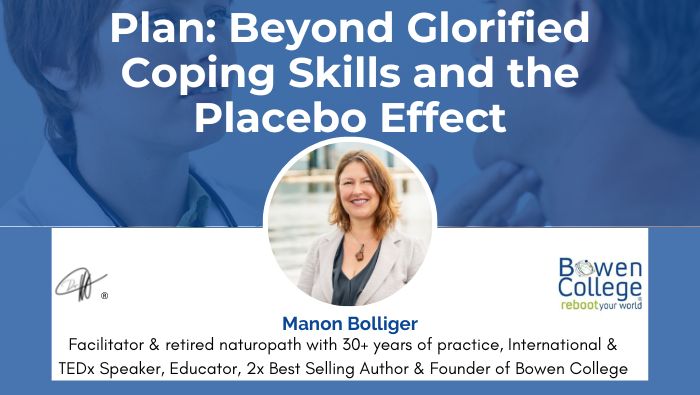“Medicine tells us as much about the meaningful performance of healing, suffering and dying as chemical analysis tells us about the aesthetic value of pottery,” Ivan Ilyich in Limits to Medicine.
“We confine ourselves to a narrow realm indeed if we exclude from accepted knowledge the contributions of human experience and insight,” Gabor
Assessment involves more than making a diagnosis. A complete assessment includes a determination about what will be of greatest value to the patient when it comes to prescribing treatment.
Each doctor’s prescription will depend on their underlying healing philosophy: Do the expression of the patient’s symptoms require a disease category or are they signs that the body is out of balance and requires some recalibration? This will determine whether you categorize the symptomatology into “disease entities” or “symptom management” requiring prescriptions, either on the biological level (as in antibiotics, anti-inflammatories) or emotional level (such as antipsychotics), or whether you fundamentally believe that the body responds to its multifaceted environment and needs help to achieve homeostasis.
The fundamental question is: “Whom are we treating − a patient with a disease or a disease which happens to be in a patient?”
Will our answers be found in WHAT we do, or rather HOW we approach it and WHY we do it? And will it not ultimately be the same for the patient when it comes to healing?
A growing need for an integrative approach to health encompassing the full understanding and commitment of the patient in their course of therapy is evident. Treating a “disease” without treating the person who developed it is pointless. The advantages of engaging patients as co-facilitators in achieving improved health far outweigh the biomedical “GP as Expert” approach. What’s more, research shows the patient’s increased control over their body and health yields beneficial results.
Such considerations pose big questions for practicing doctors. We’ll look at some of those next time.









